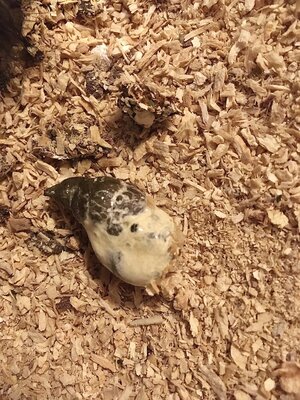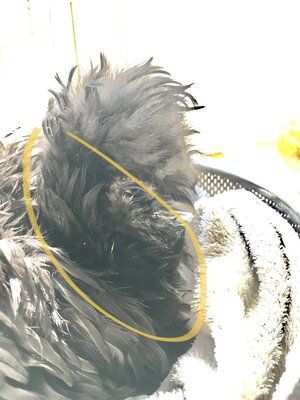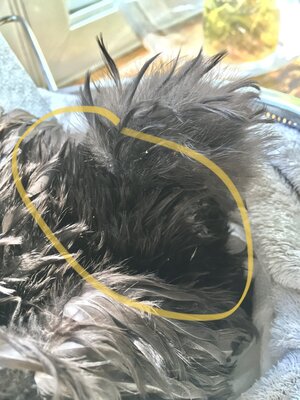LynnaePB
Free Ranging
If it helps, his broodmates were quite colorful. I didn’t ask about the lineage, so I’m not sure whether they came from the same parents. There was one particularly memorable one was calico (?)(sorry, I only know cat terms).
I’ll attach the photo I was sent of the birds the lady sold, not all of them are in there though!
That little frizzle partridge definitely is looking like it has some red involved so it would make sense your little cutie got some red as well. I see the cuckoo siblings as well but I don't know much about cuckoo.
My little silver partridge boy has red leakage (I got him from paint eggs but the breeder believed someone had hopped the fence). I'm still guessing your cutie is perhaps influenced by partridge but may not have the full pattern and has red leakage (though the silver may just be leakage and not involved with partridge as well). The silver on your little ones chest/neck leads me to believe it is likely silver based rather than gold.
Calico is a term that can pretty much be used for a variety of tri colors. I've seen grays (silver partridge), splash, and paint all with red leakage being referred to as calico. The grays with the red leakage are also commonly called tortoiseshell. None are standard colors but gosh can they be pretty!
I'm actually hoping to work on paint and splash with red leakage to try for a calico effect as a fun side project. I've seen some stunning examples by other breeders.









